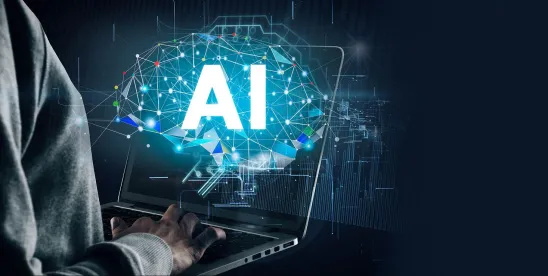As businesses accelerate their use of automated tools to record and transcribe meetings, risks are growing. The use of these “AI tools” to transcribe meetings, such as witness interviews, expert network calls, investment committee meetings or advisory board discussions can transform ephemeral conversations into permanent records that can affect claims of privilege, complicate data governance and give regulators a play‑by‑play of internal decision‑making.
This is not to say such tools should not be used. Use of AI tools has the potential to greatly increase the productivity of all types of businesses and, as a result, many businesses are using them frequently. But it is important to be mindful of the potential hidden pitfalls of such tools, including consideration of the following seven questions:
- What is the use case?
Before adopting any new AI technology, it is essential to begin with a clear understanding of the tool’s use case. Adoption should follow a thoughtful pilot program to test for accuracy and consistency before widespread roll out. Innovation often emerges through experimentation, and a well‑structured pilot program can provide a safe environment for that experimentation. Legal and compliance teams should be actively involved from the beginning. - How can the risk of mistranscription be mitigated?
While AI transcription tools can be very accurate, they can still make mistakes, sometimes due to the lack of human judgment. For example, an AI tool may miss the inflection of a sentence, confusing a question with an affirmative statement and changing its meaning. Likewise, what comes across as a joke will not always be clear when reviewing a transcript years later. Confronted with a potential mistranscription, it may be hard to overcome the presumption that a tool was accurate, especially when challenged by a regulator or plaintiff. Firms should be cautious about relying solely on AI transcripts and, especially in sensitive situations, consider whether an AI transcript is truly vital (see below). - How can the risk of misattribution be addressed?
A corollary to mistranscription, AI may also misidentify speakers, which can lead to problematic attributions. Humans use context clues to understand who is speaking, or understand that two people are speaking at once, but AI tools may miss the nuance. Correctly identifying the speaker may be critical when it comes to understanding the context or privileged nature of a particular statement. Human review is therefore important to ensure accuracy. - Does the AI input waive privilege or confidentiality?
If an AI transcription tool’s terms of service grant the vendor ownership or broad right to reuse the data input, which is the case for many general‑purpose AI tools, such disclosure could waive any privilege that may exist over that conversation. This could also clash with a firm’s confidentiality obligations. Careful review of the terms of service and confidentiality agreements is critical. - Is the AI output protected from discovery?
Attorney notes reflecting legal advice or potential litigation are generally protected from discovery. Witness interview notes are the classic example of protected attorney work product because they necessarily involve the application of the lawyer’s legal training and judgment. AI‑generated drafts, especially those reflecting a verbatim transcript, may not be protected work product unless they reflect an attorney’s judgment. When using AI as a “notetaker” for legal discussions, drafts should be carefully reviewed, and final summaries should reflect legal analysis and be designated as privileged. - Can AI tools be used when there is no margin for error?
Meeting minutes, including of corporate boards, investment committees, limited partner advisory committees and similar bodies are often carefully reviewed by lawyers to ensure accuracy. They represent the official record of corporate actions, but typically do not contain a detailed description of the decision making process and discussions. The separate use of AI tools to transcribe the meeting could undermine any attempt to rely on the minutes as the best evidence of what occurred at the meeting. Likewise, a full transcription of the deliberative process and debate could cast a shadow on board or committee decisions. - Are there record retention obligations?
AI generated transcripts may be subject to an adviser’s record retention requirements. In addition, once litigation is reasonably anticipated, a firm is required to preserve relevant records. For larger firms frequently involved in litigation, this could make it impossible to delete AI‑related records, even when they are wrong (see above) or otherwise not useful. At the very least, this can create cost and other issues due to the volume of data being preserved, but it can also lead to discovery disputes and other unanticipated consequences in litigation.
Many of these issues are unsettled. The landscape is rapidly changing, and courts have not (yet) weighed in on many of the key issues. We expect that the next several years will involve numerous cases of first impression that could clarify some of these questions. Until then, firms are urged to exercise caution when deciding whether to click “transcribe.”




 />i
/>i
